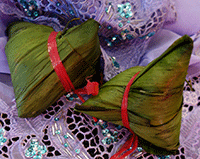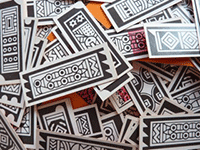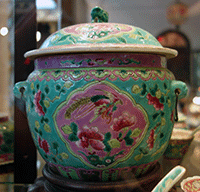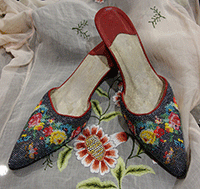Who are the Peranakans?
Since the 15th century, the influx of traders to Southeast Asia, has led to the intermarriage of Chinese traders and the woman of the local community. These Peranakan Chinese descendants settled in Malacca, Penang, the coastal areas of Java, Sumatra and by the 17th century, they moved to Singapore.
Similarly, South Indian traders, married local woman and were known as the Peranakan Indian or “Chitty Melaka” (Chitty means “merchants” in Tamil).
Thus other races that can be called “Peranakan” are the Hindu Indians as “Chitty”, Muslim Indians as “Jawi Pekan”, and Eurasians as “Kristang.”
In Malay, Peranakan means “speakers of a foreign tongue.” The more common definition is “indigenous person” or “local born”.
The mother tongue of the Peranakan is “Baba Malay” with sprinkle of local dialects; they have their own peculiar pronunciation and intonation.
The Peranakan culture is a unique hybrid culture that is still part of Singapore’s living “intangible” heritage.
Some Peranakan terms

Bakchang: nonya dumpling

Cherki: rectangle shaped cards with dots and lines

Kamcheng: a covered container used for serving food

Kasut Manek: beaded slipper/shoe
|



